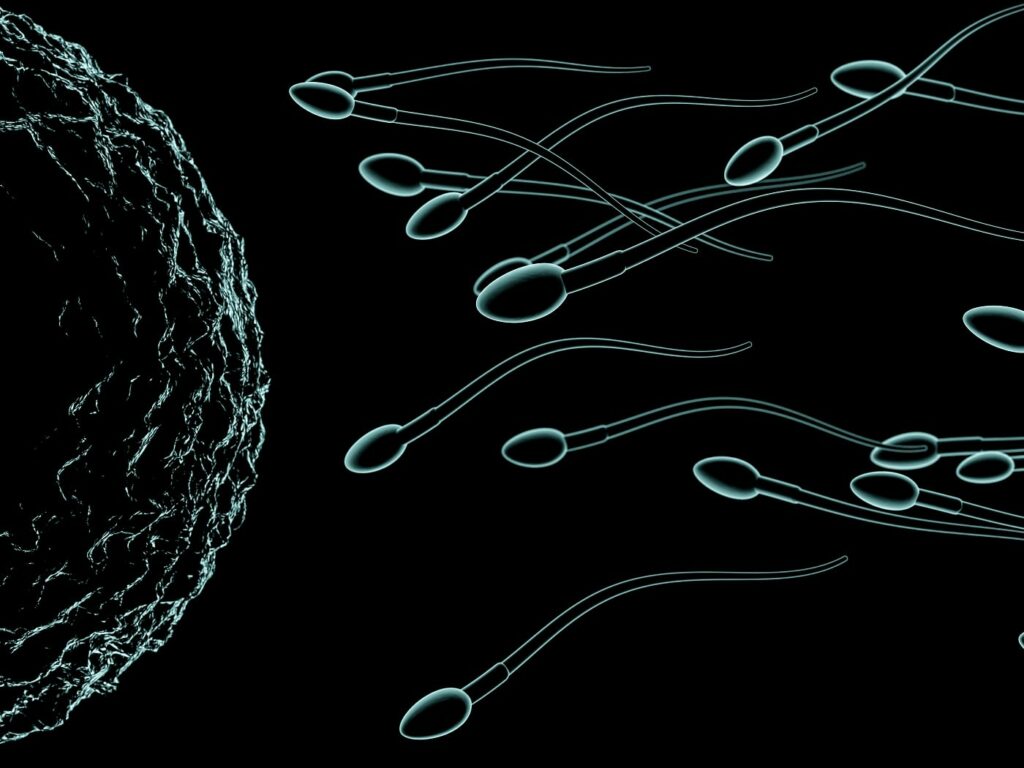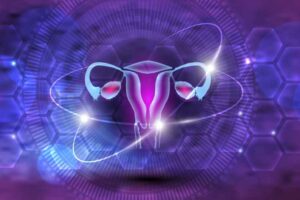While I was in my last year of college, I started working at a fertility clinic as embryologist assistant. Furthermore, the secretary of the andrology department requested to have off every Friday afternoon and I accepted the offer, believing that it would be a great opportunity to learn about male infertility. Among other assignments, I had to ask the patients some questions and (after the andologist’s visit) I also had to write down both the diagnosis and the doctor’s recommendations in their chart. The andrologists used to ask the patients to come back after undergoing one or several medical tests, after following a treatment or (in rare, lucky cases) after taking a cruise with their partner.
Although this happened two decades ago, there are still several controversial aspects of male infertility management today. The reason for this may include the fact that many medical specialties manage these patients without clear protocols, the patient’s limited financial resources and their desire to treat their infertility as quick as possible. Some of the questions that remain unanswered are: Should all infertile men undergo a comprehensive evaluation? What is the clinical value of traditional semen parameters and other more recent tests? What should we do when the test results are pathologic?
Even if there are several approaches, moderate evidence suggests that the initial evaluation for male factor infertility should include: i. A Physical Examination (PE) performed by an examiner with appropriate training and experience, ii. A reproductive history and, iii. At least one semen analysis performed correctly (1). With regard to the last matter, recent events have shown that we can do better managing our health care than previously recognized, and both remote visits and home assays for sperm assessment (yet to be tested in trials at large scale) will probably be a reality in the near future. The European Association of Urology continues to recommend in its latest guidelines (2) that the male partner in infertile couples should undergo a comprehensive urological evaluation to identify and treat any modifiable risk factors causing infertility. The rationale for that request is that infertile men are at increased risk of harboring and developing other diseases and should be screened for possible modifiable risk factors, such as hypogonadism. Male hypogonadism is associated with a number of conditions including diabetes, metabolic syndrome, cardiovascular disease, hypertension, and Alzheimer’s disease. In addition, the rates of high-grade prostate and testicular cancer in infertile men appear to be at least two-fold higher than in the general population. The link between infertility and malignancy (in infertile men and their relatives) could highlight the importance of comprehensive evaluation, beyond a simple semen analysis. Besides, since we are concerned not only with the male but also with the long-term health of the offspring, genetic evaluation, including karyotyping, Y microdeletion, and CF mutation analysis, is strongly recommended at least in patients with severe oligozoospermia (<5×106/ml) and non-obstructive azoospermia.
Regarding the clinical value of traditional semen parameters (volume, sperm concentration, motility and morphology) there is still controversy. Although it is considered the foundation of the male fertility evaluation, a recent consensus group (3) agreed that basic semen analyses only provide diagnostic clues and very little functional information, and that progress in the assessment of sperm function over the last 25 years has been very limited and disappointing. There is no doubt that some males with normal semen parameters have poor pregnancy rates with unknown etiology, while patients with very poor sperm parameters obtain good fertilization rates after the use of ICSI.
Although the standard sperm analysis provides limited information, there is a greater lack of reliable, quantitative, and predictive diagnostic tests that look inside the sperm to quantify defects such as DNA damage, RNA abnormalities, centriole dysfunction, or reactive oxygen species (4). Although there has been an emerging interest in the impact of sperm DNA fragmentation, which many authors link to miscarriages, we still do not know which is the best technique for its evaluation and there is no clear threshold. Its lack of predictive value on ICSI cycles could be due to the following reasons: i. The test is usually performed on neat semen samples (in some cases frozen sperm is used, which may increase sperm DNA fragmentation), ii. The sperm that are evaluated probably belong to a different cycle of the seminiferous epithelium from the ones we use for ICSI and ii. A normal and motile spermatozoon obtained post-wash is selected arbitrarily for ICSI.
Concerning male treatments, the European Association of Urology found insufficient evidence to support the widespread use in clinical practice of empiric treatments and surgical interventions such as antioxidants (AO) and surgical sperm extraction in men without azoospermia (2). Since spermatozoa are unable to repair damage caused by oxidative stress due to a lack of essential cytoplasmic enzymes, AO therapy has been considered an attractive strategy in the management of male infertility. Existing literature not only does not recognize a clear superiority of AO use in males, but has also found an association between them and adverse events such as nausea, headache, pruritus, diarrhea, and dyspepsia. It is also of concern that patients may be at risk of consuming excessive doses of these compounds, given their availability without a prescription in abnormally high concentrations. The few studies that have evaluated the excessive use of antioxidants such as vitamin C, vitamin E, N-acetylcysteine concluded that they can lead to reductive stress, which is reported to be as dangerous to cells as oxidative stress and may be the cause of diseases such as cancer or cardiomyopathy. For all these reasons, some authors suggest individualizing treatment based on the redox status of patients (5).
Finally, various sperm selection methods have been developed to mimic some of the natural selection processes that exist in the female reproductive tract, such as Annexin V Magnetically Activated Cell Sorting (AV-MACS), hyaluronic acid (HA) binding, the Zeta Method, Intracytoplasmic Morphologically Selected Sperm Injection (IMSI) and Sperm Selection Based on Sperm Motility (Microfluidics). Although several studies have been carried out to identify the technique of choice, many doubts and disagreements remain. Since no clinical improvement has been seen with the above methods, the classic up-swim method and density gradients are still preferred when processing sperm samples for ICSI.
In conclusion, as accumulating data are linking male infertility to not only individual health and longevity but also familial health and longevity, further research to treat male infertility is needed. Reliable diagnostic tests should be developed with consensus on the thresholds and more evidence is needed to support the widespread use of surgical interventions and empirical treatments in clinical practice.
- Barratt, C.L.R., Björndahl, L., De Jonge C.J., Lamb, D.J., Osorio Martini. F., McLachlan, R., Oates, R.D., van der Poel, S., St John B, Sigman, M., Sokol, R., Tournaye, H. The diagnosis of male infertility: an analysis of the evidence to support the development of global WHO guidance-challenges and future research opportunities. Hum Reprod Update. 2017 Nov 1;23(6):660-680. doi: 10.1093/humupd/dmx021. PMID: 28981651; PMCID: PMC5850791.
- Minhas, S., Bettocchi, C., Boeri, L., Capogrosso, P., Carvalho, J., Cilesiz, NC., Cocci, A., Corona, G., Dimitropoulos, K., Gül, M., Hatzichristodoulou, G., Jones, T.H., Kadioglu, A., Martínez Salamanca, J.I., Milenkovic, U., Modgil, V., Russo, G.I., Serefoglu, E.C., Tharakan, T., Verze, P., Salonia, A.; EAU Working Group on Male Sexual and Reproductive Health. European Association of Urology Guidelines on Male Sexual and Reproductive Health: 2021 Update on Male Infertility. Eur Urol. 2021 Nov;80(5):603-620. doi: 10.1016/j.eururo.2021.08.014. Epub 2021 Sep 10. PMID: 34511305.
- Cairo Consensus Workshop Group. The current status and future of andrology: A consensus report from the Cairo workshop group. Andrology. 2020 Jan;8(1):27-52. doi: 10.1111/andr.12720. Epub 2019 Dec 5. PMID: 31692249.
- Pandruvada, S., Royfman, R., Shah, T. A., Sindhwani, P., Dupree, J. M., Schon, S., & Avidor-Reiss, T. (2021). Lack of trusted diagnostic tools for undetermined male infertility. Journal of assisted reproduction and genetics, 38(2), 265–276. https://doi.org/10.1007/s10815-020-02037-5
- Creta, M., Arcaniolo, D., Celentano, G., Napolitano, L., La Rocca, R., Capece, M., Califano, G., Mangiapia, F., Spirito, L., Crocetto, F., Imbimbo, C., Longo, N., De Sio, M., & Fusco, F. (2021). Toxicity of Antioxidant Supplements in Patients with Male Factor Infertility: A Systematic Review and Meta-Analysis of Randomized Controlled Trials. Antioxidants (Basel, Switzerland), 11(1), 89. https://doi.org/10.3390/antiox11010089





